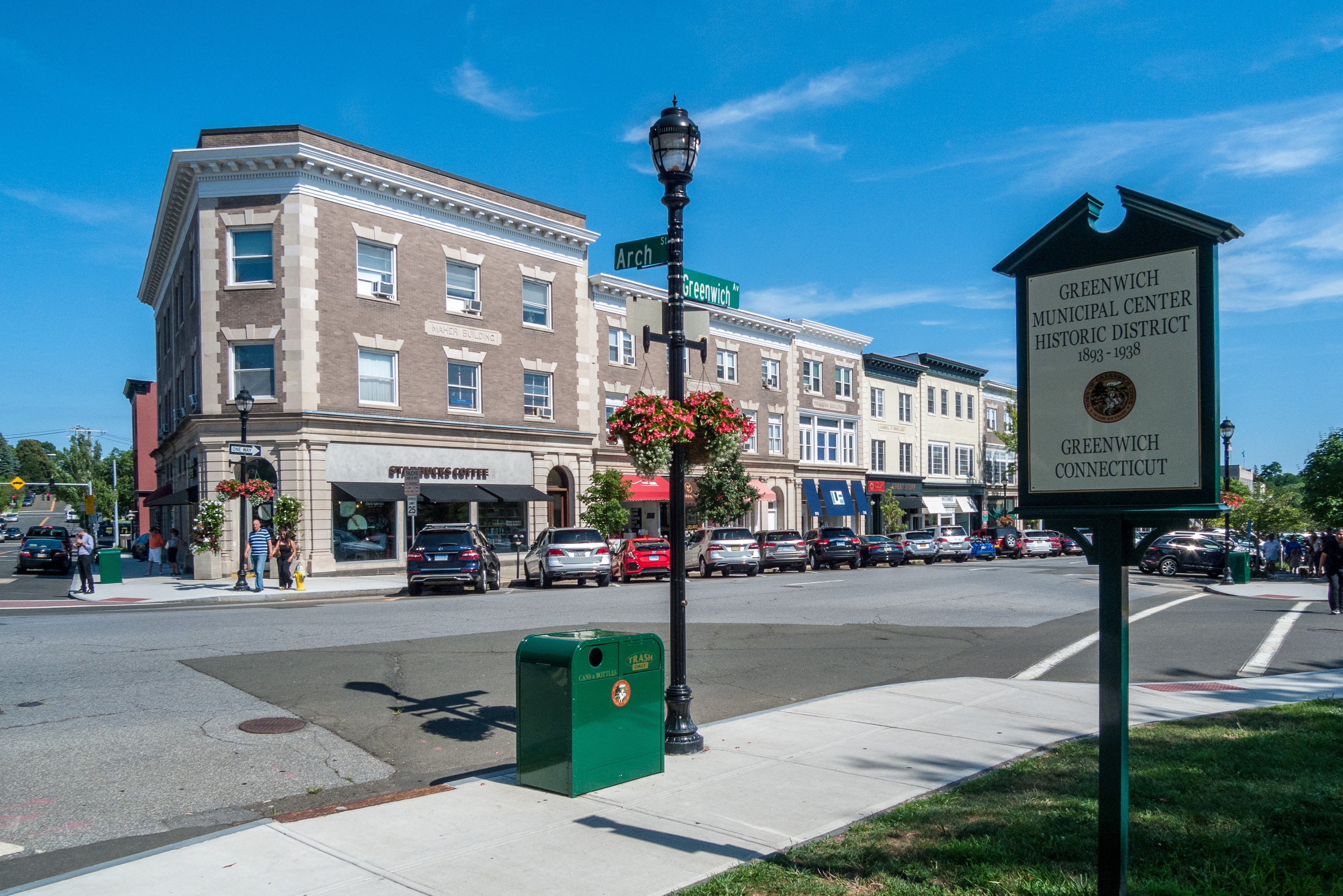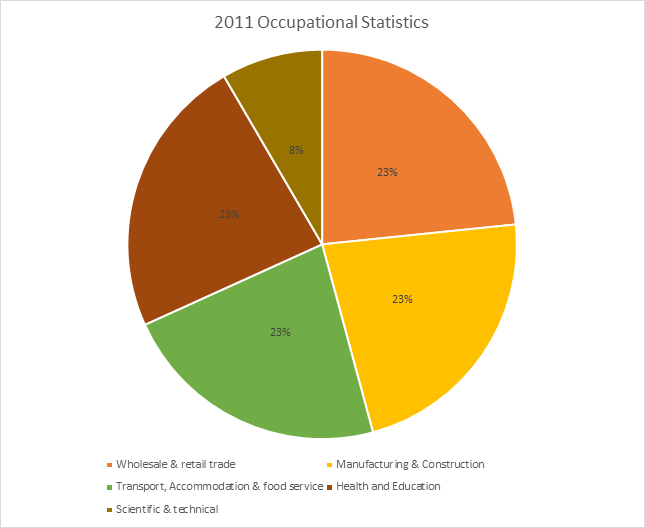|
Thwaite, Suffolk
Thwaite is a rural village in Suffolk, England. Thwaite is based on and around the A140 road, midway between Suffolk's county town of Ipswich and the city of Norwich, in Norfolk. It forms part of Mid Suffolk district. The village consists of a Public House (The Bucks Head) which has recently undergone a radical refurbishment, a redundant church, a recently restored 'school room' (used for small gatherings and parish meetings), and a post box. Homes include several thatched cottages interspersed with a number of individual houses, seemingly built during each decade right up to the early 2000s. The community includes a number of farms and maintains close links with neighbouring village of Stoke Ash, which has a post office, village hall and primary school. In 1910, Isaac Newton Phelps Stokes dismantled a large timber-framed house, formerly the Queens Head, located next to what is now the A140. He transported it in 688 crates from Tilbury docks to the US, where it was reconstruc ... [...More Info...] [...Related Items...] OR: [Wikipedia] [Google] [Baidu] |
Eye, Suffolk
Eye () is a market town and civil parish in the north of the English county of Suffolk, about south of Diss, north of Ipswich and south-west of Norwich. The population in the 2011 Census of 2,154 was estimated to be 2,361 in 2019. It lies close to the River Waveney, which forms the border with Norfolk, and on the River Dove. Eye is twinned with the town of Pouzauges in the Vendée department of France. Etymology The town of Eye derives its name from the Old English word for "island, land by water" It is thought that the first settlement on the site was almost surrounded by water and marshland formed by the Dove and its tributaries. The area remains prone to flooding close to the river. History There have been Palaeolithic, Mesolithic, Neolithic and Bronze Age finds in and around Eye, but the earliest evidence of settlement dates from the Roman period. It includes buildings and coins from about 365 CE. A large Anglo-Saxon cemetery with many urned cremations and some furni ... [...More Info...] [...Related Items...] OR: [Wikipedia] [Google] [Baidu] |
Long Island Sound
Long Island Sound is a marine sound and tidal estuary of the Atlantic Ocean. It lies predominantly between the U.S. state of Connecticut to the north and Long Island in New York to the south. From west to east, the sound stretches from the East River in New York City, along the North Shore of Long Island, to Block Island Sound. A mix of freshwater from tributaries and saltwater from the ocean, Long Island Sound is at its widest point and varies in depth from . Shoreline Major Connecticut cities on the Sound include Stamford, Norwalk, Bridgeport, New Haven, and New London. Cities on the New York side of the Sound include Rye, Glen Cove, New Rochelle, Larchmont and portions of Queens and the Bronx in New York City. Climate and geography The climate of Long Island Sound is warm temperate or Cfa in the Köppen climate classification. Summers are hot and humid often with convective showers and strong sunshine, while the cooler months feature cold temperatures and a mix o ... [...More Info...] [...Related Items...] OR: [Wikipedia] [Google] [Baidu] |
Villages In Suffolk
A village is a clustered human settlement or community, larger than a hamlet but smaller than a town (although the word is often used to describe both hamlets and smaller towns), with a population typically ranging from a few hundred to a few thousand. Though villages are often located in rural areas, the term urban village is also applied to certain urban neighborhoods. Villages are normally permanent, with fixed dwellings; however, transient villages can occur. Further, the dwellings of a village are fairly close to one another, not scattered broadly over the landscape, as a dispersed settlement. In the past, villages were a usual form of community for societies that practice subsistence agriculture, and also for some non-agricultural societies. In Great Britain, a hamlet earned the right to be called a village when it built a church. [...More Info...] [...Related Items...] OR: [Wikipedia] [Google] [Baidu] |
Meteorologist
A meteorologist is a scientist who studies and works in the field of meteorology aiming to understand or predict Earth's atmospheric phenomena including the weather. Those who study meteorological phenomena are meteorologists in research, while those using mathematical models and knowledge to prepare daily weather forecasts are called ''weather forecasters'' or ''operational meteorologists''. Meteorologists work in government agencies, private consulting and research services, industrial enterprises, utilities, radio and television stations, and in education. They are not to be confused with weather presenters, who present the weather forecast in the media and range in training from journalists having just minimal training in meteorology to full fledged meteorologists. Description Meteorologists study the Earth's atmosphere and its interactions with the Earth's surface, the oceans and the biosphere. Their knowledge of applied mathematics and physics allows them to understand the ... [...More Info...] [...Related Items...] OR: [Wikipedia] [Google] [Baidu] |
Orlando Whistlecraft
Orlando Whistlecraft (11 November 1810 – 3 March 1893) was an early English meteorologist who was born and died in the village of Thwaite, Suffolk in the East of England. He was the son of James Whistlecraft, a farmer, and Susan Brooke. He attended school first in Stowmarket then aged 10 at Robert Burcham Clamp’s school in St Nicholas Street, Ipswich. Whistlecraft returned to Thwaite in 1829 to run a school. In 1843 he turned to shopkeeping in order to devote more time to his passion of meteorology. He was most notable for ''Whistlecraft's Weather Almanac'' published annually from 1856 to 1884 and for ''The Climate of England'' (1840) and ''Rural Gleanings'' (1851). The National Meteorological Archive in Exeter contains his weather diaries for Thwaite from 1827 to 1892. In an interviewed published in the East Anglian Daily Times in 1892 he described his motivation for publishing his almanac I used to study the look of the heavens, and the action of the glass, and so on, and ... [...More Info...] [...Related Items...] OR: [Wikipedia] [Google] [Baidu] |
Headstone
A headstone, tombstone, or gravestone is a stele or marker, usually stone, that is placed over a grave. It is traditional for burials in the Christian, Jewish, and Muslim religions, among others. In most cases, it has the deceased's name, date of birth, and date of death inscribed on it, along with a personal message, or prayer, but may contain pieces of funerary art, especially details in stone relief. In many parts of Europe, insetting a photograph of the deceased in a frame is very common. Use The stele (plural stelae), as it is called in an archaeological context, is one of the oldest forms of funerary art. Originally, a tombstone was the stone lid of a stone coffin, or the coffin itself, and a gravestone was the stone slab that was laid over a grave. Now, all three terms are also used for markers placed at the head of the grave. Some graves in the 18th century also contained footstones to demarcate the foot end of the grave. This sometimes developed into full kerb ... [...More Info...] [...Related Items...] OR: [Wikipedia] [Google] [Baidu] |
Cast Iron
Cast iron is a class of iron–carbon alloys with a carbon content more than 2%. Its usefulness derives from its relatively low melting temperature. The alloy constituents affect its color when fractured: white cast iron has carbide impurities which allow cracks to pass straight through, grey cast iron has graphite flakes which deflect a passing crack and initiate countless new cracks as the material breaks, and ductile cast iron has spherical graphite "nodules" which stop the crack from further progressing. Carbon (C), ranging from 1.8 to 4 wt%, and silicon (Si), 1–3 wt%, are the main alloying elements of cast iron. Iron alloys with lower carbon content are known as steel. Cast iron tends to be brittle, except for malleable cast irons. With its relatively low melting point, good fluidity, castability, excellent machinability, resistance to deformation and wear resistance, cast irons have become an engineering material with a wide range of applications and are ... [...More Info...] [...Related Items...] OR: [Wikipedia] [Google] [Baidu] |
Greenwich, Connecticut
Greenwich (, ) is a New England town, town in southwestern Fairfield County, Connecticut, United States. At the 2020 United States Census, 2020 census, the town had a total population of 63,518. The largest town on Connecticut's Gold Coast (Connecticut), Gold Coast, Greenwich is home to many hedge funds and other financial services firms. Greenwich is a principal community of the Greater Bridgeport, Bridgeport–Stamford–Norwalk–Danbury metropolitan statistical area, which comprises all of Fairfield County. Greenwich is the southernmost and westernmost municipality in Connecticut as well as in the six-state region of New England. The town is named after Greenwich, a List of place names with royal patronage in the United Kingdom, royal borough of London in the United Kingdom. History The town of Greenwich was settled in 1640, by the agents Robert Feake and Captain Daniel Patrick, for Theophilus Eaton, Governor Theophilus Eaton of New Haven Colony, who purchased the land from ... [...More Info...] [...Related Items...] OR: [Wikipedia] [Google] [Baidu] |
Port Of Tilbury
The Port of Tilbury is a port on the River Thames at Tilbury in Essex, England. It is the principal port for London, as well as being the main United Kingdom port for handling the importation of paper. There are extensive facilities for containers, grain, and other bulk cargoes. There are also facilities for the importation of cars. It forms part of the wider Port of London. Geography The Port of Tilbury lies on the north shore of the River Thames, downstream of London Bridge, at a point where the river makes a loop southwards, and where its width narrows to . The loop is part of the Thames lower reaches: within the meander was a huge area of marshland. Gravesend on the opposite shore had long been a port of entry for shipping, all of which had used the river itself for loading and unloading of cargo and passengers. There was also a naval dockyard at Northfleet at the mouth of the Ebbsfleet River. The new deepwater docks were an extension of all that maritime activity. The or ... [...More Info...] [...Related Items...] OR: [Wikipedia] [Google] [Baidu] |
Suffolk
Suffolk () is a ceremonial county of England in East Anglia. It borders Norfolk to the north, Cambridgeshire to the west and Essex to the south; the North Sea lies to the east. The county town is Ipswich; other important towns include Lowestoft, Bury St Edmunds, Newmarket, and Felixstowe which has one of the largest container ports in Europe. The county is low-lying but can be quite hilly, especially towards the west. It is also known for its extensive farming and has largely arable land with the wetlands of the Broads in the north. The Suffolk Coast & Heaths and Dedham Vale are both nationally designated Areas of Outstanding Natural Beauty. History Administration The Anglo-Saxon settlement of Suffolk, and East Anglia generally, occurred on a large scale, possibly following a period of depopulation by the previous inhabitants, the Romanised descendants of the Iceni. By the fifth century, they had established control of the region. The Anglo-Saxon inhabitants later b ... [...More Info...] [...Related Items...] OR: [Wikipedia] [Google] [Baidu] |
Stoke Ash
Stoke Ash is a village and civil parish in the Mid Suffolk district of Suffolk in eastern England. Located around six miles south of Diss, in 2011 its population was 314. The village shares a parish council with neighbouring Thwaite. It is located on the A140 road from Norwich to Ipswich The name 'Stoke', comes from 'stoc', which means a place or a secondary settlement in old English. The word 'Ash', comes from the Anglian word 'æsc', which means ash-tree. The name Ash was added to the name Stoke in the sixteenth century. In 1086 Stoke Ash was known as Stoches Stotas. Early history There is evidence of Roman settlement in Stoke Ash. A collection of Roman coins and pottery pieces have been found in the area. There is a small Roman site located "on the Colchester to Caistor Roman road". There are Roman tiles in the wall of the tower over the doorway in the All Saints Church. Some military items and pieces of overseas household articles have also been found. History In 1801, t ... [...More Info...] [...Related Items...] OR: [Wikipedia] [Google] [Baidu] |
Norfolk
Norfolk () is a ceremonial and non-metropolitan county in East Anglia in England. It borders Lincolnshire to the north-west, Cambridgeshire to the west and south-west, and Suffolk to the south. Its northern and eastern boundaries are the North Sea, with The Wash to the north-west. The county town is the city of Norwich. With an area of and a population of 859,400, Norfolk is a largely rural county with a population density of 401 per square mile (155 per km2). Of the county's population, 40% live in four major built up areas: Norwich (213,000), Great Yarmouth (63,000), King's Lynn (46,000) and Thetford (25,000). The Broads is a network of rivers and lakes in the east of the county, extending south into Suffolk. The area is protected by the Broads Authority and has similar status to a national park. History The area that was to become Norfolk was settled in pre-Roman times, (there were Palaeolithic settlers as early as 950,000 years ago) with camps along the highe ... [...More Info...] [...Related Items...] OR: [Wikipedia] [Google] [Baidu] |







